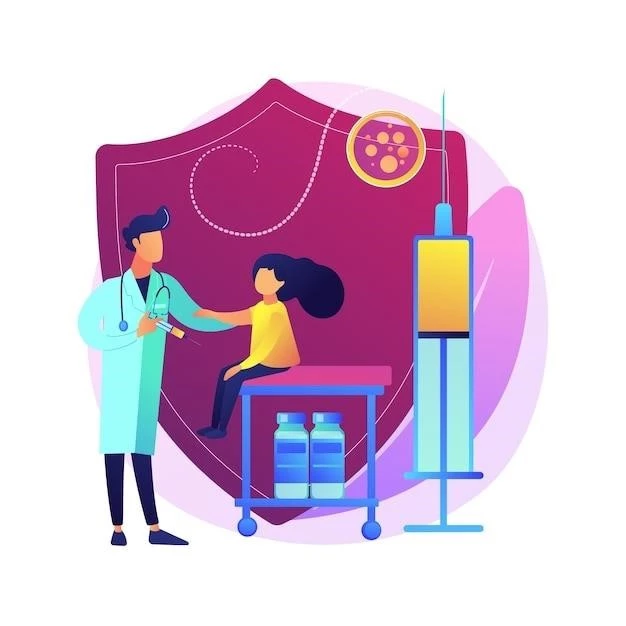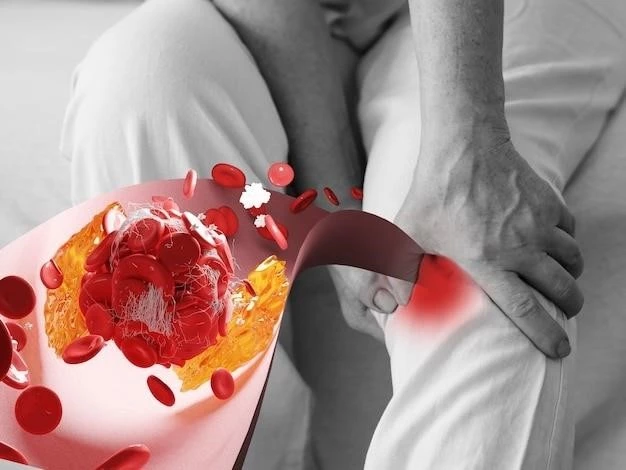Causes of Acquired Hypoprothrombinemia
Acquired Hypoprothrombinemia can be caused by factors such as liver disease,
vitamin K deficiency, and certain medications.
Liver Disease
Liver disease such as cirrhosis or hepatitis can lead to acquired hypoprothrombinemia by reducing the production of clotting factors. Conditions that affect the liver’s ability to function properly can disrupt the clotting process and result in decreased levels of prothrombin.
Vitamin K Deficiency
Vitamin K is essential for the synthesis of clotting proteins, including prothrombin. A deficiency in vitamin K can lead to acquired hypoprothrombinemia as the body lacks the necessary nutrient to produce clotting factors efficiently. Ensuring an adequate intake of vitamin K-rich foods or supplements is crucial for proper clotting function.
Medications
Certain medications, such as anticoagulants or antibiotics, can contribute to acquired hypoprothrombinemia by interfering with the normal clotting process. These medications may impact the synthesis or function of clotting factors, leading to a decrease in prothrombin levels. Close monitoring and management of medication-induced hypoprothrombinemia are essential to prevent complications.
Symptoms and Diagnosis of Acquired Hypoprothrombinemia
Acquired Hypoprothrombinemia may manifest with bleeding tendencies and require specific diagnostic tests for confirmation.
Symptoms of Acquired Hypoprothrombinemia
Symptoms of acquired hypoprothrombinemia can include easy bruising, prolonged bleeding from minor cuts or injuries, nosebleeds, and excessive bleeding during surgical procedures. Monitoring for these signs is crucial for early detection and management of the condition.
Diagnostic Tests for Acquired Hypoprothrombinemia
Diagnostic tests for acquired hypoprothrombinemia include prothrombin time (PT) and international normalized ratio (INR) assessments to evaluate blood clotting function. Additionally, specific factor assays and liver function tests may be conducted to identify the underlying cause of prothrombin deficiency.
Treatment Options for Acquired Hypoprothrombinemia
Treatment for acquired hypoprothrombinemia may involve vitamin K supplementation,
fresh frozen plasma transfusion, and medication adjustments.
Vitamin K Supplementation
Vitamin K supplementation is a key treatment option for acquired hypoprothrombinemia to enhance the production of clotting factors. Oral or injectable forms of vitamin K may be prescribed to restore prothrombin levels and improve blood clotting function. Close monitoring of vitamin K levels is essential for optimal management.
Fresh Frozen Plasma Transfusion
Fresh frozen plasma transfusion is a treatment approach for acquired hypoprothrombinemia, providing clotting factors to improve blood coagulation. This intervention is crucial in cases where rapid correction of prothrombin deficiency is necessary to manage bleeding complications effectively. Medical supervision is essential during plasma transfusions to ensure safety and efficacy.
Medication Adjustment
Medication adjustment is a critical aspect of treating acquired hypoprothrombinemia, as certain medications can worsen prothrombin deficiency. Healthcare providers may modify drug regimens to minimize the impact on clotting function and optimize treatment outcomes. Regular monitoring and collaboration with medical professionals are vital for adjusting medications safely and effectively.
Prognosis and Complications of Acquired Hypoprothrombinemia
Understanding the prognosis and potential complications of acquired hypoprothrombinemia is crucial for effective management and treatment outcomes.
Prognosis Factors
Prognosis factors for acquired hypoprothrombinemia include the underlying cause, promptness of treatment initiation, overall health status, and adherence to therapy. Timely intervention and addressing the root cause can positively impact the prognosis of the condition.
Potential Complications
Potential complications of acquired hypoprothrombinemia include excessive bleeding, hematomas, prolonged recovery from injuries or surgeries, and an increased risk of hemorrhage; Monitoring for signs of bleeding and managing clotting function are essential to prevent severe complications and ensure optimal outcomes for individuals with this condition.

Prevention Strategies for Acquired Hypoprothrombinemia
Implementing effective prevention strategies is key to reducing the risk of acquired hypoprothrombinemia and its associated complications.
Healthy Diet and Lifestyle
Adopting a healthy diet rich in vitamin K, maintaining a balanced lifestyle, and avoiding excessive alcohol consumption are essential preventive measures for acquired hypoprothrombinemia. Regular exercise and adequate hydration can also contribute to overall clotting function and reduce the risk of developing prothrombin deficiencies.
Regular Monitoring and Follow-up
Regular monitoring of clotting factors, liver function, and vitamin K levels, along with consistent follow-up appointments, is crucial in preventing acquired hypoprothrombinemia. Routine check-ups help detect abnormalities early, enabling prompt intervention and minimizing the risk of developing prothrombin deficiencies. Collaboration with healthcare providers is essential for effective monitoring and management.
Research Advances in Acquired Hypoprothrombinemia
Ongoing research into acquired hypoprothrombinemia focuses on innovative treatment approaches and genetic studies to enhance understanding and management of this condition.
Novel Treatment Approaches
Novel treatment approaches for acquired hypoprothrombinemia are under investigation, including targeted therapies to address specific underlying causes and advanced clotting factor replacement techniques. These innovative strategies aim to improve patient outcomes and provide more effective interventions for prothrombin deficiencies.
Genetic Studies and Discoveries
Genetic studies and discoveries in acquired hypoprothrombinemia provide insights into the genetic factors influencing clotting function. Understanding genetic predispositions can aid in personalized treatment approaches and targeted therapies for individuals with prothrombin deficiencies. Ongoing research in this area holds promise for advancements in precision medicine for acquired hypoprothrombinemia.
Lifestyle Management for Acquired Hypoprothrombinemia
Adopting appropriate lifestyle measures can help individuals effectively manage acquired hypoprothrombinemia and maintain overall well-being.
Exercise and Physical Activity Recommendations
Engaging in moderate physical activity as per healthcare provider recommendations can promote overall health and well-being for individuals with acquired hypoprothrombinemia. Regular exercise, tailored to individual needs, can enhance circulation, muscle strength, and cardiovascular fitness, contributing to better clotting function and improved quality of life.
Stress Management Techniques
Implementing stress management techniques, such as mindfulness, relaxation exercises, and seeking professional support, is crucial for individuals with acquired hypoprothrombinemia. Stress reduction can positively impact blood clotting function, overall health, and quality of life. Incorporating effective stress management strategies into daily routines can lead to better outcomes and well-being.
Impact of Acquired Hypoprothrombinemia on Quality of Life
The impact of acquired hypoprothrombinemia on quality of life can be significant, affecting daily activities and overall well-being.
Emotional and Psychological Effects
Acquired hypoprothrombinemia can lead to emotional distress and psychological challenges due to concerns about bleeding risks and clotting issues. Seeking support from mental health professionals and engaging in coping strategies are essential for addressing the emotional impact and improving overall well-being.
Social Support Importance
Social support plays a crucial role in managing acquired hypoprothrombinemia, providing emotional assistance, practical help, and understanding. Building a strong support network with family, friends, and healthcare professionals can enhance coping mechanisms, improve treatment adherence, and positively impact the overall quality of life for individuals facing prothrombin deficiencies.
